EMV Shielding paint
Graphene technology in the field of shielding
The areas of application of shielding paints in the context of industry and building biology are almost unlimited. From the production of capacitors and accumulators to the production of shielding paints for the shielding attenuation of high-frequency, electromagnetic radiation (also called electrosmog), the possibilities are almost endless. Therefore, with the shielding powder paint, we not only offer you a versatile product, but also one that, thanks to graphene technology, delivers measurably better results with less work.
See for yourself in the following.
Shielding with previously used shielding paints
The main materials for the traditionally used paint for shielding are dispersions based on protic or organic solvents with the addition of carbon particles as well as carbon fibres with a size from 1 μm to 500 μm. Binding agents, such as acrylate or acrylic resin, are also used. These create the typical electrically conductive, capacitive and high-frequency radiation-reflecting layer.
Despite the apparently smooth surface of these products, an uneven structure becomes apparent under the microscope (Fig. 3). Gaps are visible between the particles and carbon fibers, which contain only the binder (Fig. 1). There is no material with the desired properties in these gaps – the protection of these shielding paints is reduced. As a result, gaps have to be compensated for by applying several layers and a saturated dispersion with additional, smaller particles. Up to now, this has not only led to additional working steps, but also to increased costs.

Fig. 1
- Displays a particle of metallic particles and/or carbon particles.
- Displays the particle spacing filled with binder.
- Displays a single (separate) particle without contact to other particles.
Fig. 1
Shows an enlarged and simplified diagram from above – (top view) of the particles and their interspace in a simple binder emulsion / dispersion.
- Displays a particle of metallic particles and/or carbon particles.
- Displays the particle spacing filled with binder.
- Displays a single (separate) particle without contact to other particles.

Fig. 2
- Displays a particle consisting of metallic particles and/or carbon particles.
- Displays the particle spacing filled with binder without graphene bridges.
- Displays a graphene bridge (elongated flat cluster chain made of graphene) in contact with a particle.
- Displays a graphene bridge (elongated flat cluster chain made of graphene) in connection with another graphene bridge - which together form a mesh.
Fig. 2
Shows an even larger simplified representation (zoom) in the top view of partikeoln and their interstices in a binder emulsion / dispersion with graphene bridges (elongated flat cluster chains).
- Displays a particle consisting of metallic particles and/or carbon particles.
- Displays the particle spacing filled with binder without graphene bridges.
- Displays a graphene bridge (elongated flat cluster chain made of graphene) in contact with a particle.
- Displays a graphene bridge (elongated flat cluster chain made of graphene) in connection with another graphene bridge – which together form a mesh.

Fig. 3
- Displays the particle spacing filled with binder without a graphene bridge.
- Displays a particle consisting of metallic particles and/or carbon particles - which stands out from the binder emulsion/dispersion.
- Displays the increased area due to the uneven surface profile as a dashed line.
Fig. 3
Shows an enlarged, simplified representation of the cross-section of particles and their interstices in a simple binder emulsion / dispersion.
- Displays the particle spacing filled with binder without graphene bridge.
- Displays a particle consisting of metallic particles and/or carbon particles – which stands out from the binder emulsion/dispersion.
- Displays the increased area due to the uneven surface profile as a dashed line.
The innovative shielding of EMF shielding powder paint
If other products cannot deliver an area-wide result due to their binders, our shielding paint solves this problem through graphene technology. These graphenes consist of a single atomic layer of carbon and are extraordinarily stable as a surface with approx. 1020 GPa and optimally suited for the transport as well as the storage of charged particles. Incorporated into a dispersion of binder and water, their high tensile strength of 1.25 × 1011 N/mm2 forms chains that run through the entire material. As electrically conductive, capacitive and high-frequency radiation-reflecting graphene bridges between the carbon particles and carbon fibres added to the EMF shielding powder paint, they close any gaps and increase the properties of the shielding paint, resulting in better protection.
The result: better shielding with lower product consumption.
Possible applications of EMF shielding powder paint
Industry
In the industrial sector, EMF shielding powder paint is ideal for shielding sensitive production facilities, where computer-assisted systems do their work and must not be influenced by external signals or waves.
Shielding paint can also be used for the manufacture of electromagnetic components, such as capacitors, batteries or accumulators, and for shielding interference within electronic equipment.
Medical facilities
In medical applications, such as computer tomography (CT) or intensive care units, where electromagnetic waves occur more frequently (electrosmog), graphene technology achieves optimum protection of sensitive equipment against interference.
Construction and renovation
Especially when building industrial facilities, the importance of shielding rooms should be considered in advance. Electromagnetic radiation (electrosmog) can quickly falsify measurement results and lead to undesirable behaviour of sensitive equipment. The use of shielding paint and adequate earthing in new buildings take this into account and enable effective protection while saving costs and later working time.
Security industry
The shielding performance of the EMF shielding powder paint
Minimization and shielding of low frequencies
Our shielding paint is able to almost completely neutralize low-frequency alternating fields and their influences in technical devices and systems and to conduct them away via grounding. These fields can impair the function of components in the immediate vicinity of a device or system. While up to now expansive materials such as Mumetall have been used to prevent them, EMF shielding powder paint offers a cheaper, lighter and more flexible alternative. From cardboard to fleece, from individual components to buildings, it can be applied to any substrate. It is even possible to coat it with the connection to the potential, to grounding. Its conductivity is 3 – 7 Ohm Ω/cm² – depending on the thickness of the coated layer.
Minimization and shielding of high frequencies
Due to its highly effective reflective properties, the professional shielding paint offers reliable protection against high-frequency radiation exposure in the frequency range from 500 MHz to 40 GHz. It is characterised by high shielding values of up to 64 dB (at 40 GHz), depending on the layer thickness and frequency. By using graphene technology and with the help of a special formulation developed in many years of research, which contains particles reflecting electromagnetic high-frequency radiation, we achieve maximum possible shielding values of over 99.997 % – depending on the frequency – with our currently most innovative performance product for HF shielding (electrosmog).


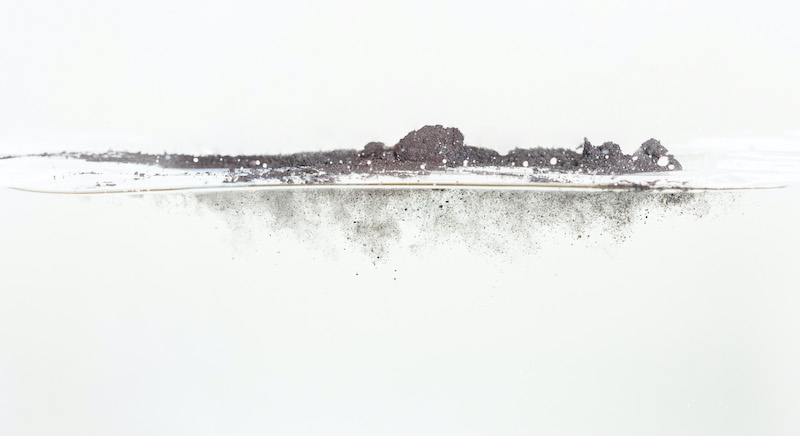
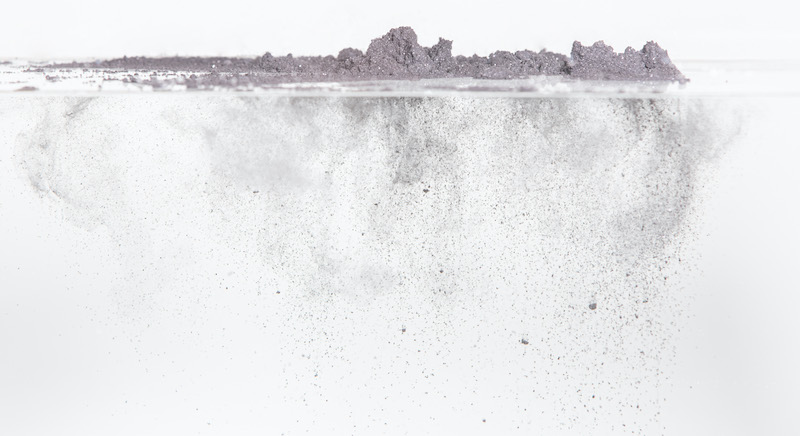

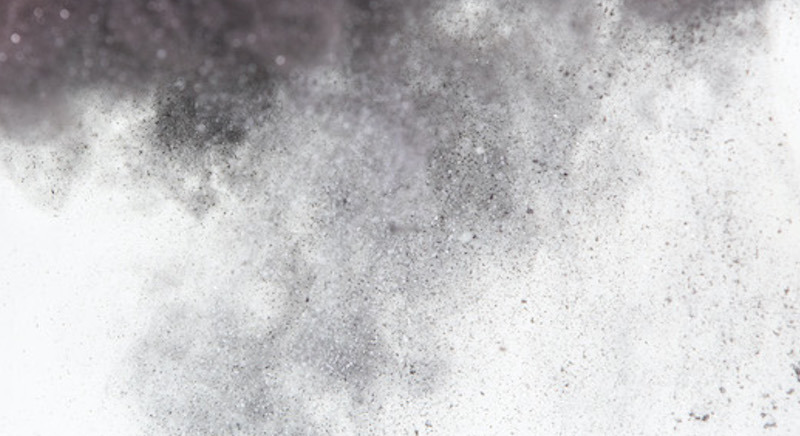
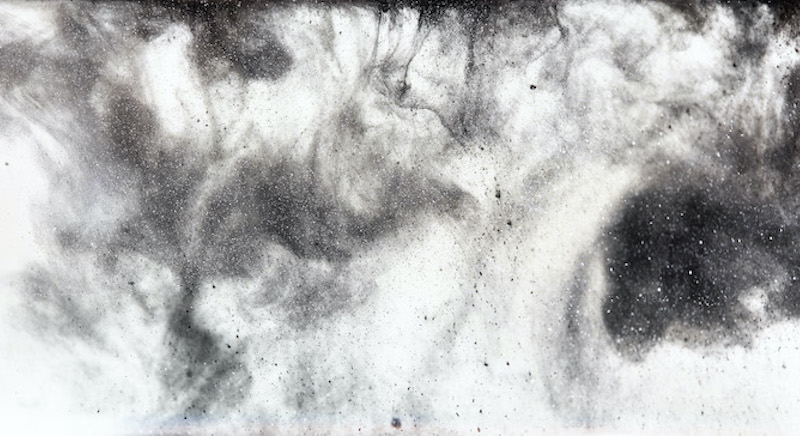
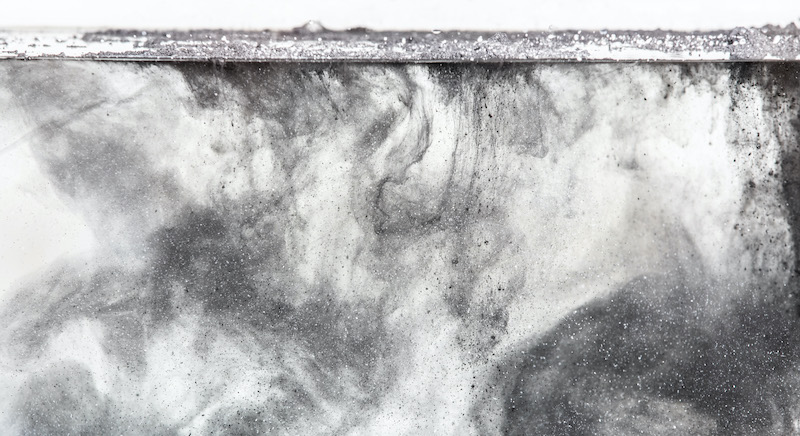
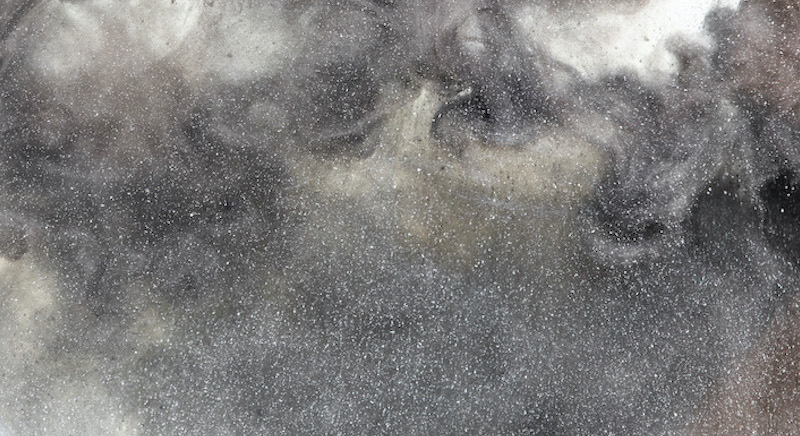
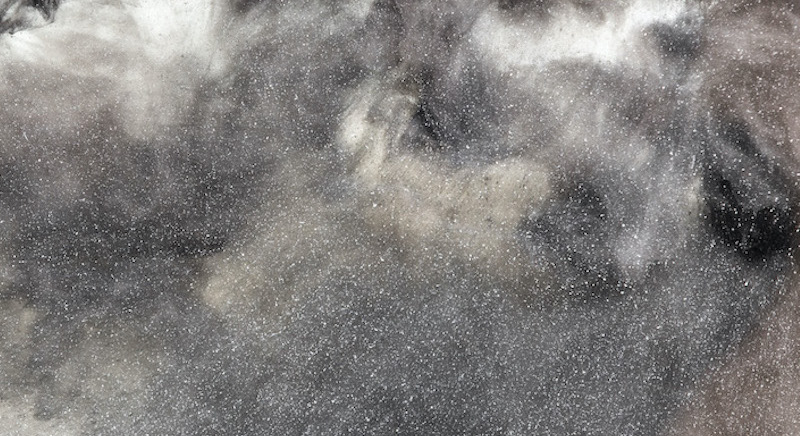
Your advantages at a glance
- Up to 99.997% shielding effectiveness - even at high frequencies like 5G
- Less product consumption with better performance thanks to the graphene technology
- 1 kg powder yields 3 litres of shielding paint
- Small packing size due to the powder form of the paint and therefore cheaper to ship
- Simple, demand-oriented application by mixing with water
- Use on almost any surface
- Almost unlimited storability
- Fast drying time and easy processing
- Free from solvents and additives
- Environmentally friendly production of the shielding paint
Technical data and information
- Shielding effectiveness: Single layer 57 dB, double layer up to 64 dB (at 40 GHz) - depending on layer thickness and frequency.
- Radio exposure: Mobile phones, mobile Internet, 5G, WLAN, DECT, GSM, LTE and many more are shielded up to 64 dB. Also for radar shielding.
- Alternating electric fields (alternating current): Are grounded and can be fully shielded.
- Ingredients: Pure acrylic binder, graphite, graphene.
- VOC content: 0.2 g/litre (the EU limit for category A/a is 30 g/litre from 2010).
- Adhesive tensile strength: 2.2 N/mm² with the addition of 1.5 litres of water for PLV 2.5 (powder).
- Storage stability: In powder form several years. After mixing the powder with water, we recommend to use the paint within approx. 6 weeks.
- Fast drying time.
- Colour: Anthracite black.
- Shipping: Practical handling when shipping the product.
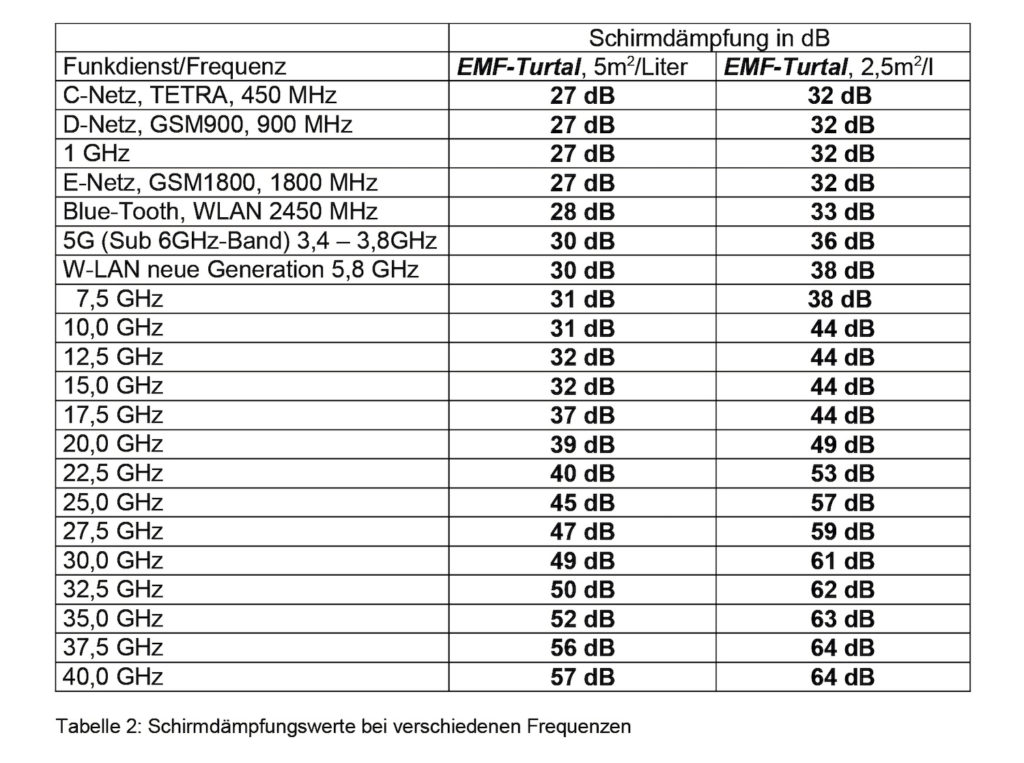

Independently tested by the University of the Federal Armed Forces Munich, high-frequency and microwave technology; radar technology

